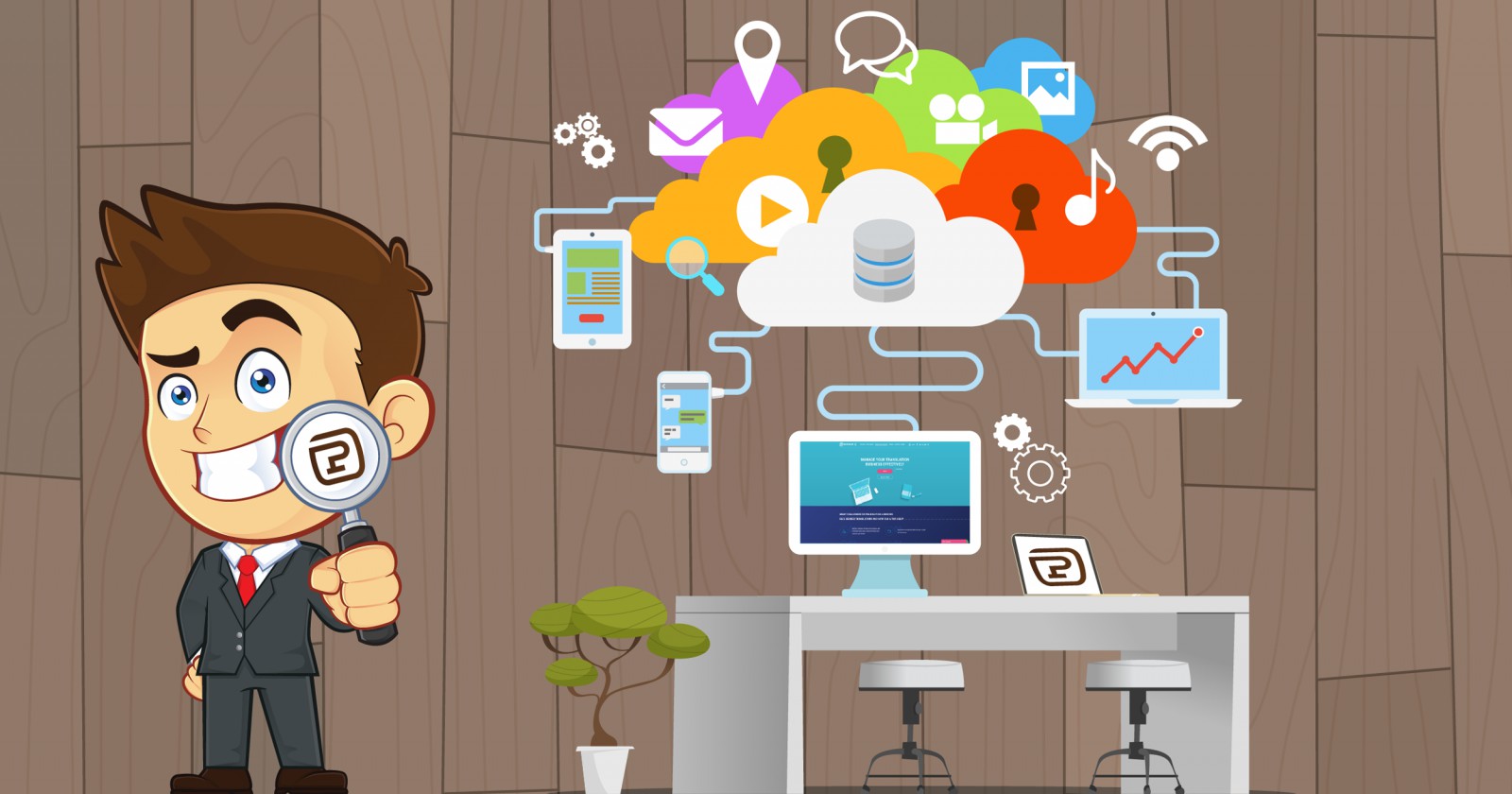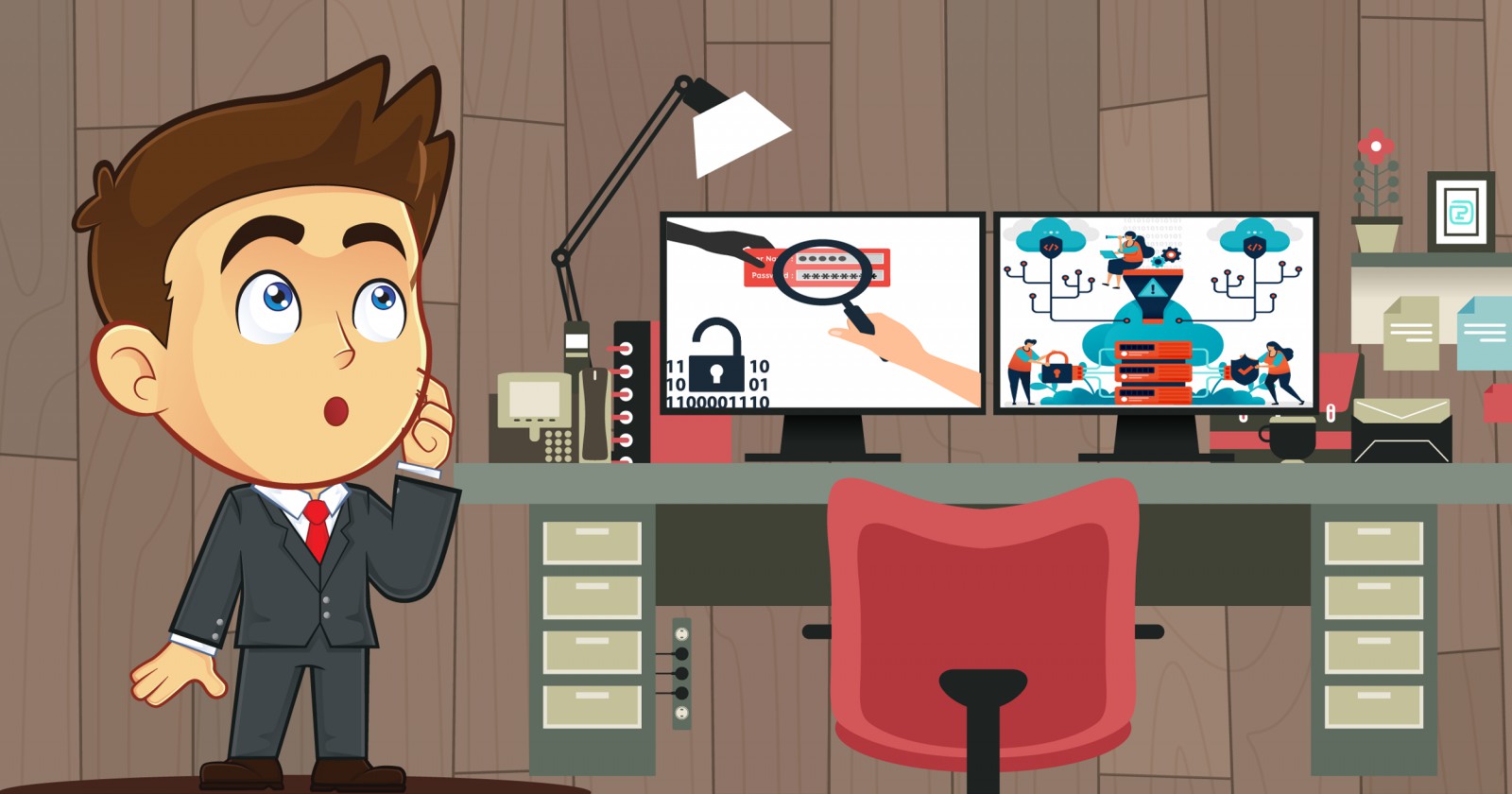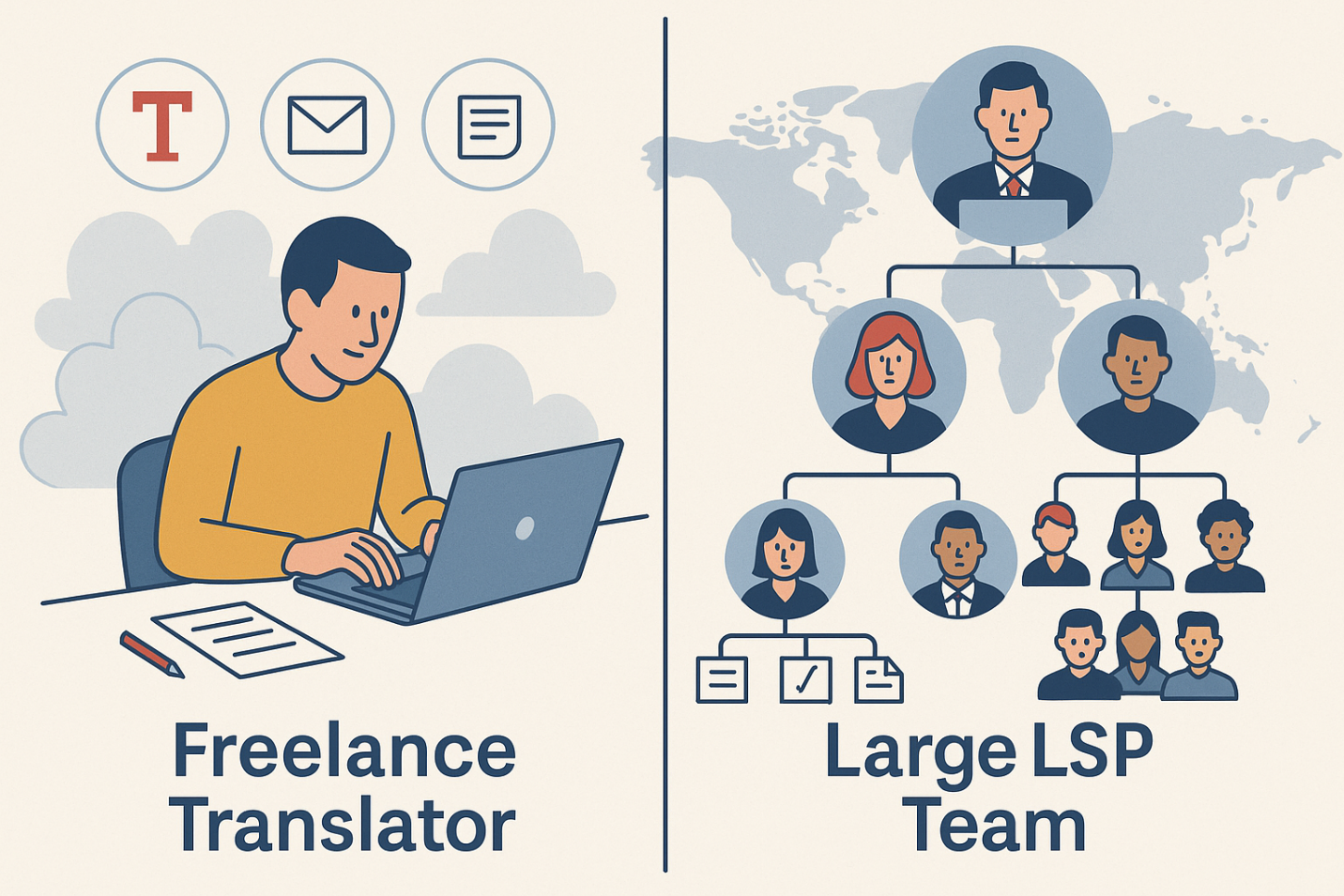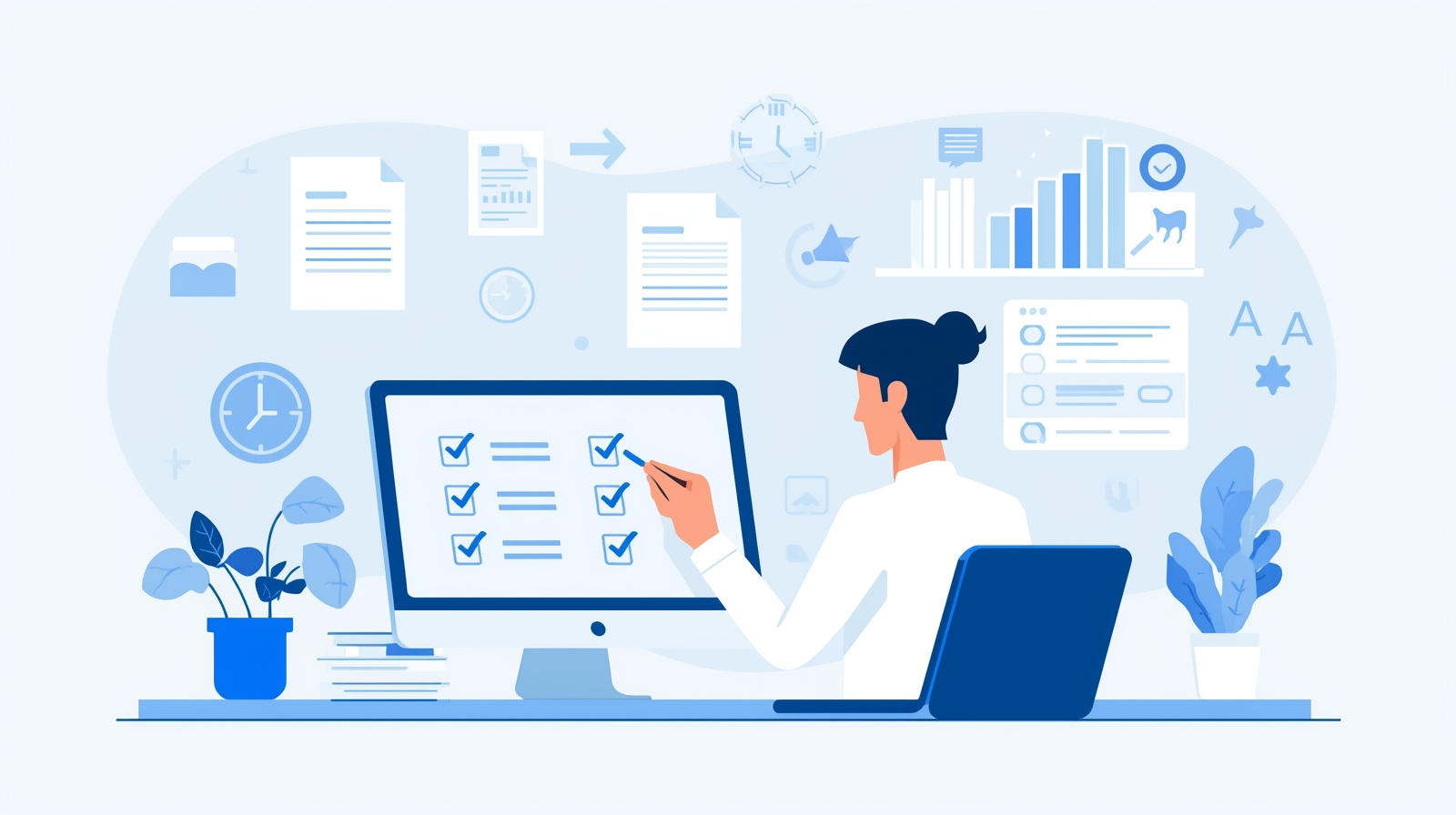For people accustomed to thinking of software as a commodity, it is often difficult to understand why cloud service providers offer a monthly or annual subscription rather than a one-time payment. After all, it would be simple and convenient to pay once and not have to think about it again. People tend to have an unfavorable attitude to subscriptions.
Let’s delve deeper into this.

Updates
In desktop systems, updates are installed for each user separately. Quite often, desktop developers are faced with the challenge of how to convince users to install an important update that eliminates dangerous vulnerabilities.
In cloud systems, all users receive updates, whether they want them or not, since they are physically installed on the developer’s server. Arriving at work on Monday and logging into the system, all the users of the service find that the system interface has changed and new functions have been added.
And the users have no option to cancel the update and return to the previous version of the system: the developer will not provide a separate server with the old version for those who don’t like change.
So, all users of the online system use the same version of it. On the one hand, this greatly eases the workload on developers: they no longer need to maintain several versions of the system and ensure compatibility. On the other hand, if a bug is found in the system (and there are sure to be bugs, as in any complex program), this will affect all users at the same time.
By purchasing an annual subscription, you buy the right to use not only the system in its current state but also all its updates that will be released during the year. In the case of the desktop version, you would have to purchase updates. Supposedly free updates are not really free: their cost is included in the price of the original version.
But even if you don’t need the updates, you still get them. The developer will not be able to give you the option of installing them specifically in your version of the system or not: everyone is using the same system, and updates are released for everyone at once.
Service
Cloud software (especially when it comes to a business management system) is not just a server that allows many users to work simultaneously. This software comes hand in hand with support, instruction, assistance, and the collation of proposals for further instruction. So, you pay not only for a login and password but also for instruction on how to use the system and for support in the event of any problems.
Of course, desktop software developers provide support too. But unlike vendors of desktop programs sold using the one-time payment model, developers of cloud solutions are keen for you to renew your subscription. And your desire to renew it will greatly depend on the level of support they provide.
Security and responsibility
Desktop programs are installed on your computer (almost the entire market comprises only three platforms—Windows, Mac, and Linux); cloud programs run on a remote server. If you are using a desktop program, you are responsible for the operation of the installation environment. If something happens to your operating system, the developer of a third-party program can provide support but will not set up your computer for you. If the system is cloud-based, then the developer is also responsible for the environment in which the program is installed—after all, this is the environment on the developer’s server.
If your computer settings are erased during installation (or, conversely, due to non-installation) of a Windows update or if it has been hacked, it is your problem and there will be nobody to help you resolve it. In a cloud-based system, updates are installed by the developer, and they are also responsible for the security of the system. The contractor can physically do this, but the responsibility still rests with the developer.
Imagine that you were sold the system ‘as is’ and you were left without any support. A couple of years later, a vulnerability is discovered, which means anyone can gain access to your data or simply transfer it to a third party. In this case, what recourse will you have?
Conclusion
A cloud service is not a software program but a service. Cloud services resemble software, and hence laypeople can get them confused. But when making a payment for the former, you receive a service and not a program. This sales model is called SaaS, which means software as a service.
Imagine that you are buying the opportunity to watch a Netflix series not by subscription but by purchasing individual episodes. It would be strange and very inconvenient. For this reason, almost all modern cloud services operate on a subscription model. The difference between cloud services and Netflix is that the former does not provide TV episodes but program updates, without which it becomes outdated or buggy.
By purchasing a cloud software subscription, you start using the same service as other users, with updates and support. And this conveyor cannot be stopped for the sake of one user in order to sell him or her the current version of the program. You are not buying a program but a service that you will benefit from during the entire subscription period.







